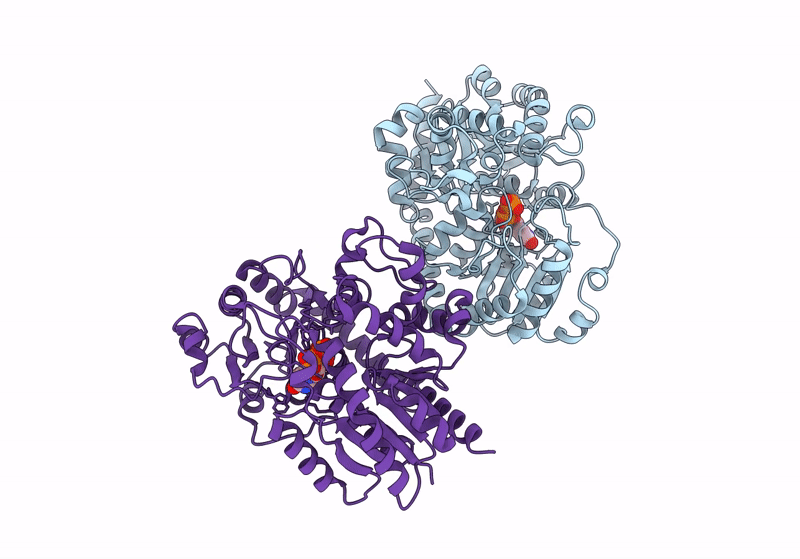
Deposition Date
2023-04-15
Release Date
2024-04-17
Last Version Date
2025-04-09
Method Details:
Experimental Method:
Resolution:
3.32 Å
R-Value Free:
0.33
R-Value Work:
0.28
R-Value Observed:
0.29
Space Group:
I 1 2 1


